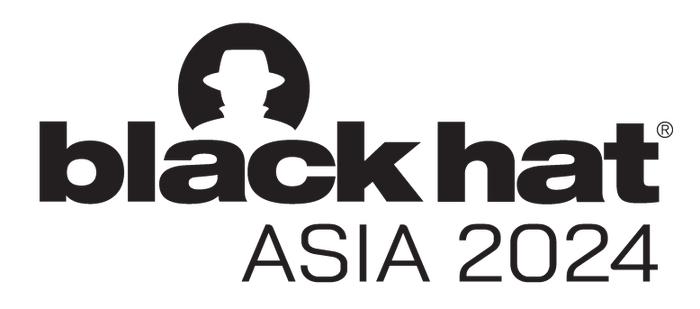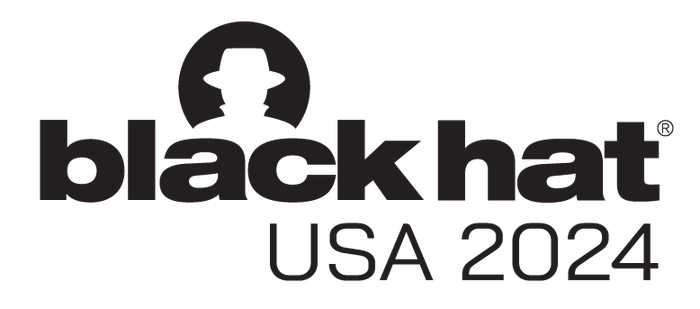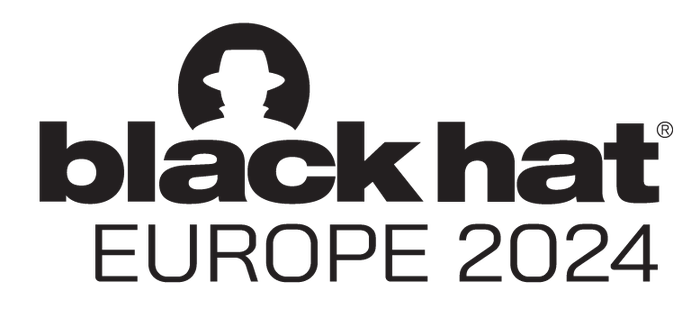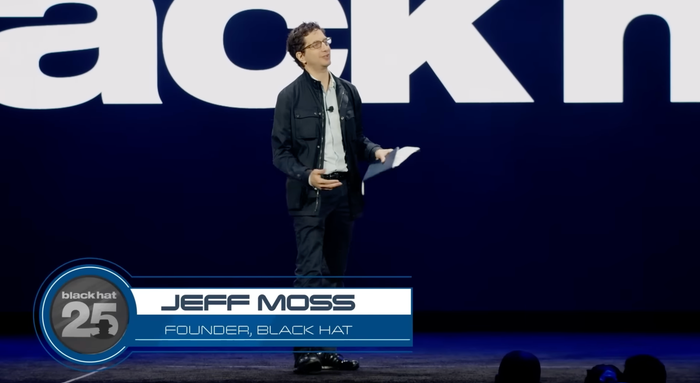BLACK HAT WEBINARS
Becoming a Dark Knight: Adversary Emulation Demonstration for ATT&CK Evaluations
1 HOUR
March 21, 2024
BLACK HAT NEWS
Evil XDR: Researcher Turns Palo Alto Software Into Perfect Malware
It turns out that a powerful security solution can double as even more powerful malware, capable of granting comprehensive access over a targeted machine.
Apr 19, 2024
|
4 Min Read
Application SecuritySneaky Shellcode: Windows Fibers Offer EDR-Proof Code Execution
Apr 18, 2024
|
5 Min Read






